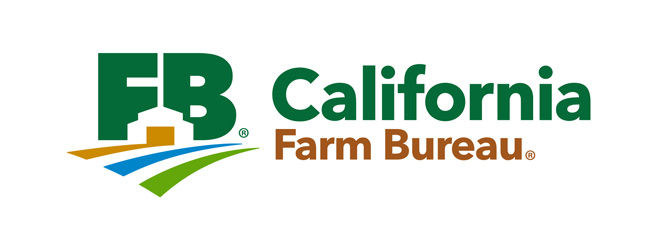
March 4, 2022 - By Karen Mills and Kevin Johnston - Pacific Gas & Electric Co.'s commitment to customers and striking a fair balance between consumer and utility benefits has eroded over the last 30 years. Meanwhile, we've watched its bureaucracy increase as PG&E placed the protection of utility practices and cost recovery mechanisms above all else.
To be fair, the California Farm Bureau has worked effectively in the past with PG&E to find solutions to agricultural energy issues. The pathways for developing solutions have seemed to close off recently.
This reduced commitment to customers is why we are reading articles every other day about PG&E's costly operational failures. The frustrating part is that ratepayers, including Farm Bureau members, are paying for those failures through ever-escalating electricity rates.
Our member farmers and ranchers have a distinct relationship with PG&E. They are impacted, first and foremost, by electric rate charges and, moreover, by existing and proposed electric and gas infrastructure on their agricultural properties. PG&E provides electric service to the vast majority of counties in California and, by extension, to the vast majority of our members. That relationship requires innovative ideas, not entrenched approaches.
PG&E is also unique in the longstanding role that it has played in its service territory and its positions related to hydroelectricity, biomass contracts, transmission siting and other important energy-related issues impacting our members.
As missteps by the utility have become increasingly common, the number of agencies overseeing their activities has grown in recent years. For example, the California Public Utilities Commission until recently oversaw all aspects of PG&E's operations in the state. Now the PUC's oversight is shared with the Office of Energy Infrastructure Safety, housed within the Natural Resources Agency, which encompasses the Wildfire Safety Advisory Board and the Underground Infrastructure Safety Board.
The growth of agencies overseeing PG&E requires vigilance to intercede and impact proposed changes, while ensuring that the utility isn't hiding the ball.
For example, the Wildfire Safety Advisory Board is responsible along with the PUC for reviewing wildfire mitigation plans and issuing safety certificates to PG&E. Attentiveness before both agencies is required for review of the utility's plans and expected cost recovery.
As we look back on the last few years and look forward to what may occur in terms of costs in rates and impacts on infrastructure, the effects of wildfires seem to overshadow all aspects of utility operations. Like the other utilities, PG&E has been spending extensively to insulate itself from future utility-caused wildfires and to pay for those that it has already caused.
Farm Bureau led the way in ensuring future wildfire costs will be apportioned in a fair manner across all customer classes. But when costs reach into the multi-billion dollars as they have now, significant upward pressure on customer rates is unavoidable.
Consider the PG&E proposal to put 10,000 miles of its distribution system underground in high-fire threat areas, at an anticipated cost of $40 billion or more. Does it really make sense that only ratepayers should have to fund the cost of that effort to protect all Californians from the risk of wildfires? California has a large budget surplus, and it makes more sense for the funding to come from the state's general fund.
On Feb. 25, PG&E proposed burying 3,575 miles of lines by 2026, with its undergrounding rate increasing annually between 2022 and 2026. It appears the utility is still counting on ratepayers to pick up the tab. But PG&E and the PUC need to be creative in finding solutions so that ratepayers will not bear the brunt of the costs.
However, placing utility lines underground is only part of the increasing cost from wildfire-related expenditures. The undergrounding proposal is in addition to a proposed $3.6 billion increase in wildfire spending, for vegetation management and system hardening, among other things, as part of PG&E's 2023 rate proposal.
Sadly, it is not just wildfire-related expenditures that are putting upward pressure on rates. We joined with other ratepayer groups to contest PG&E's proposed rate increase for the beginning of 2022, which was tied to its forecast of the cost of electricity generation for 2022. Unfortunately, as has been occurring with increasing frequency, the PUC upheld PG&E's request and rates rose another 12.6% on March 1. This is layered on an additional 7.5% bundled average rate increase that took effect Jan. 1.
As we navigate multiple proceedings that impact rates and operations of our member farmers and ranchers, we will look for ways to limit the increases and minimize operational disruptions. Given state regulators' deference to utilities and PG&E's resistance to developing solutions that are considerate of its customers, we must be vigilant.
(Karen Mills is California Farm Bureau director of legal services and may be contacted at kmills@cfbf.com. Kevin Johnston is a Farm Bureau associate counsel and may be reached at kjohnston@cfbf.com.)
ABOUT CALIFORNIA FARM BUREAU FEDERATION
The California Farm Bureau Federation works to protect family farms and ranches on behalf of nearly 32,000 members statewide and as part of a nationwide network of more than 5.5 million Farm Bureau members.
Source: Reprinted with permission CFBF








